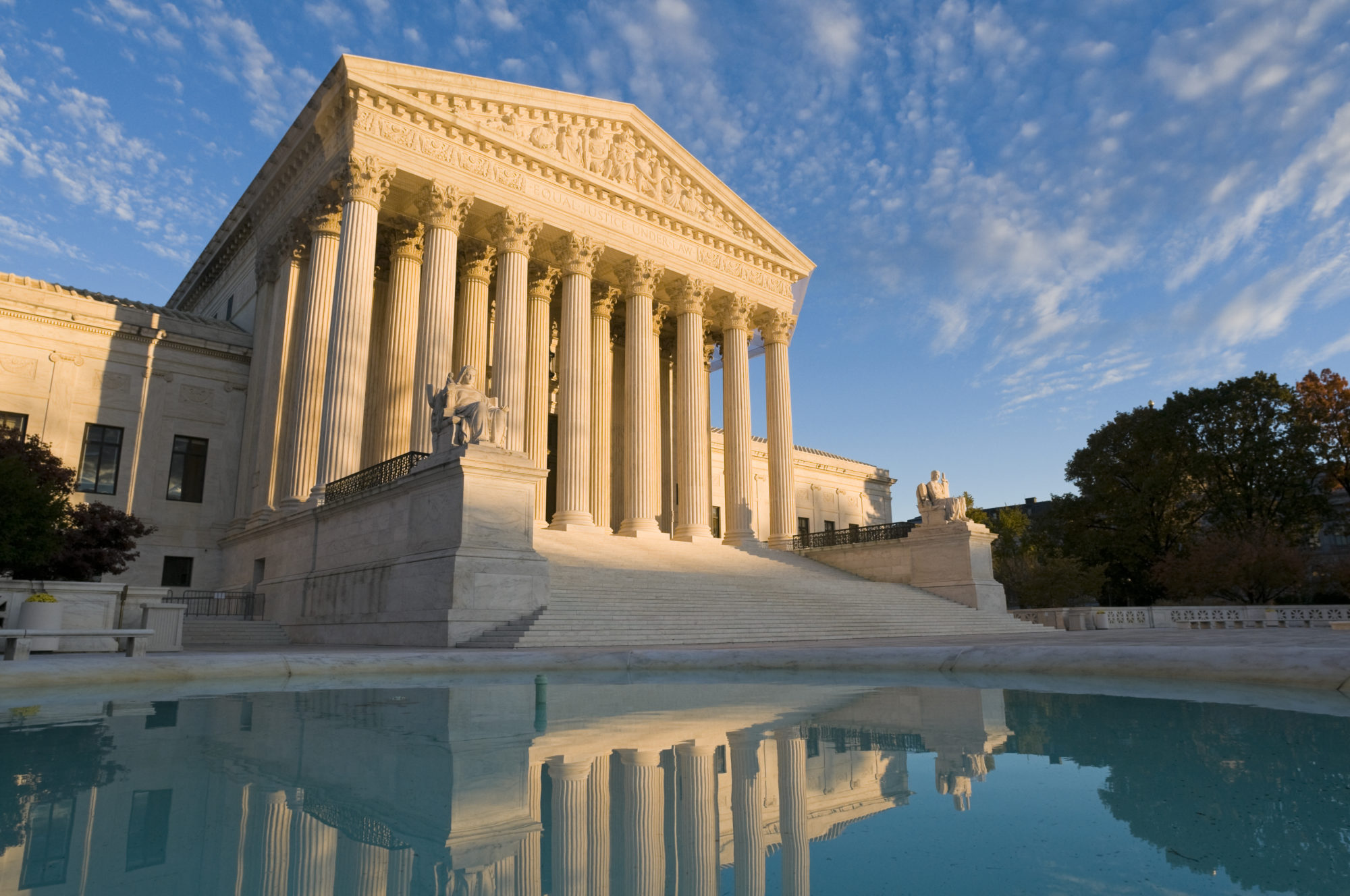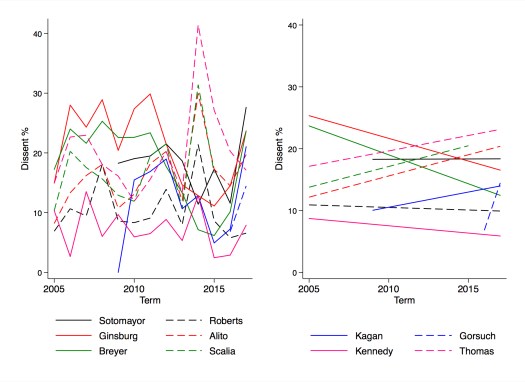The Kavanaugh nomination is controversial not just politically, but institutionally
This week witnessed one of the most contentious and partisan Supreme Court nomination hearings in living memory. There are many reasons why the fight over the nomination of Judge Kavanaugh to fill the vacancy on the Supreme Court has been particularly intense. Kavanagh played a controversial role as part of the legal team in the Starr investigation into President Clinton and then in the Bush administration’s use of torture; indeed, questions having been raised over whether he was honest about his role in that policy in previous confirmation hearings. Many of Judge Kavanagh’s views (or the views ascribed to him) are unpopular with the majority of Americans: his position on a woman’s right to choose, the role of money in politics, the role of the state in providing healthcare, and whether politicians should be allowed to effectively choose their voters by gerrymandering district boundaries with impunity. Taken together, these positions make a predicted Justice Kavanaugh the second most conservative justice on the Court, closest to Justice Thomas, one of the most extreme justices since modern ideological scoring of the Court began. It is not entirely surprising, then, that according to one recent poll, Judge Kavanaugh is the most unpopular Supreme Court nominee since Robert Bork, who failed to win confirmation in 1987.
Beyond Judge Kavanaugh’s potential to shift doctrine and policy to the right, the Kavanagh nomination represents a watershed moment in the history of the Supreme Court as an institution. If Kavanagh is confirmed, the Court will be perfectly polarized along partisan lines: all four liberal justices will have been appointed by Democrat presidents, and all five conservative justices will have been appointed by Republican presidents. As Neal Devins and Lawrence Baum explored in their 2016 article, Split Definitive: How Party Polarization Turned the Supreme Court into a Partisan Court, broader political polarization has turned the Supreme Court into a far more partisan institution. According to Devins and Baum, the 2010 Term heralded a new era of polarization when the liberal-voting Justice Stevens, appointed by Republican President Ford, was replaced by Justice Kagan. Yet even then, the Court was not yet perfectly polarized because on a few key issues, such as gay rights and capital punishment, Justice Kennedy sometimes voted in coalition with the more liberal justices and against the position of the Republican party. If Justice Kennedy is replaced by Judge Kavanaugh, we can expect close to perfect polarization on the Court. What effect will such polarization bring to the Court?
In our forthcoming article, The New Oral Argument: Justices as Advocates, we show that there has already been significant impact from partisan polarization and we suggest that the effect of perfect polarization will likely be considerable. The polarization on the Court follows from the massive political polarization in Congress, which greatly accelerated in the mid-1990s after the Republican Revolution in Congress and contributed to congressional dysfunction. Elite political polarization soon translated into polarization among the public, which created public animosity and division. The Supreme Court is far from immune: we show that political polarization was associated with an increase in the justices behaving as advocates during oral argument.
One manifestation of such advocacy is that the justices are far more active at oral arguments, taking up considerably more of the time previously reserved for the advocates to make their cases. The following figure shows how that increased dramatically around 1995, as the country became more polarized.
Click on the image to enlarge

The figure shows the average number of words spoken by the justices per case in each Term before and after 1995. The shaded region shows the 95% confidence interval for the trendline in each period. There was a slight upward trend before 1995, but a far more significant discontinuity in the mid-1990s is evident on the graph, indicating that there was a large jump in the mid-1990s, when the average number of words spoken went from around 2000 before 1995 to closer to 4000 after 1995. This finding is supported by more sophisticated multivariate regression analysis, controlling for other variables. We conducted the same analysis to assess changes in the amount of time the justices speak: of the standard 60 minute oral argument, since 1995 the justices are taking up an additional 13 minutes on average.
It would seem obvious to expect, given these findings, that the justices are asking more questions, since the Supreme Court website describes the purpose of oral arguments as providing an opportunity for the justices to ask questions of the advocates directly. Yet as the figure below shows, that is not the case.
Click on the image to enlarge

In the figure, the solid navy circles represent the average number of questions asked by the justices per case each Term at oral argument. The solid red circles represent the number of comments made by the justices on average per case. As can clearly be seen, the number of questions remained largely constant from 1960 to 2015, despite the massive increase in the number of words spoken by the justices. In contrast, the number of comments by the justices vastly increased, rising from approximately 100 per case to over 150 per case by 1995, and has reached close to an average of 200 per case by 2015. Once again, the shaded 95% confidence intervals indicate a clear and significant upward shift in the mid-1990s.
In The New Oral Argument, we argue that the more justices behave like advocates (i.e., presenting conclusions rather than asking questions), the more they will be perceived to have prejudged the issues in the cases presented to them. This threatens to undermine the Court’s legitimacy and the public’s faith in the Rule of Law. No one can know with certainty what will happen if Kavanaugh joins the Court—it is possible that he may bring a different approach or tone to Supreme Court arguments that will change the increasingly divided culture. However, given that his appointment would begin an era of expected perfect polarization, that seems unlikely. Political scientists and public surveys have shown that polarization leads to acrimony and divisiveness, due to a lack of middle ground and consequent inability to form a common consensus. This is particularly true among educated elites, such as Supreme Court justices. It is unsurprising, then, that the push to install a candidate with views far outside the mainstream has been controversial. That controversy is unlikely to fade away if Judge Kavanaugh joins a highly divided Supreme Court.
By Tonja Jacobi & Matthew Sag

















You must be logged in to post a comment.